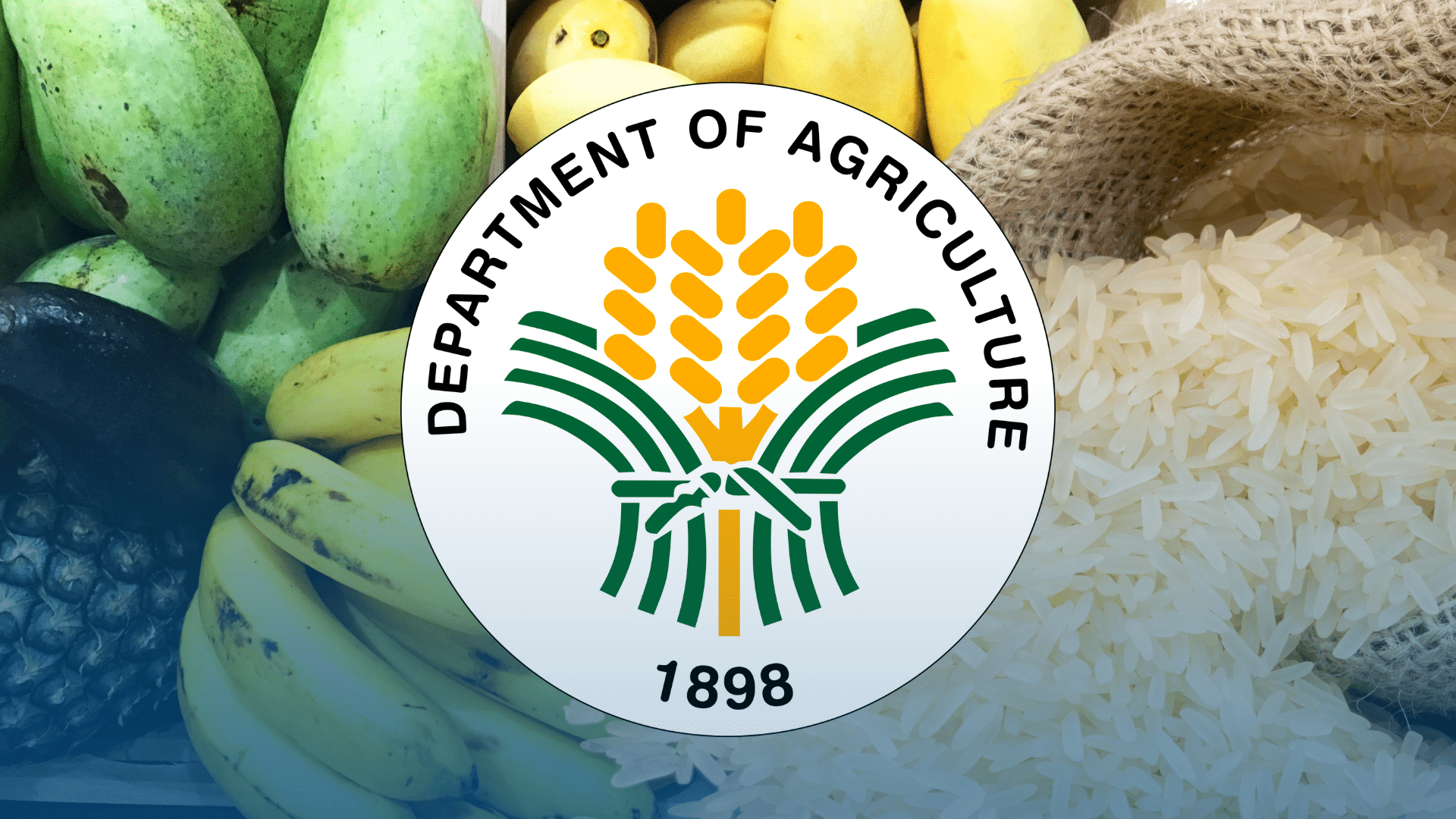
RISING utility costs and a weaker peso could have pushed inflation to the brink of breaching target last month, analysts said.
The median forecast in a Manila Times poll of 11 economists was 4.0 percent, at the upper end of the Bangko Sentral ng Pilipinas' (BSP) 2.0- to 4.0-percent target and within its 3.7- to 4.5-percent estimate for May.
The central bank on Friday said that the "continued increases in electricity rates and vegetable prices alongside recent peso depreciation" could have led to faster consumer price growth.
It added that cheaper rice, fish and fruits as well as lower domestic oil and gas prices may have offset upside price pressures.
Inflation has been rising since February and had been expected to top 4.0 percent as early as April. The result for that month, however, was a lower-than-expected 3.8 percent.
Data for May will be released by the Philippine Statistics Authority this Wednesday.
Union Bank of the Philippines chief economist Ruben Carlo Asuncion said inflation could have stayed at 3.8 percent but then rise in the next two months before declining.
He expects headline inflation to stabilize between 3.9 to 4.1 percent in June and July then drop to 3.4 percent in August.
"With inflation plateauing in the near-term despite the drought effects alongside a benign core, we believe the risks to the outlook have moderated that support a BSP rate cut later in the year," Asuncion added.
Rizal Commercial Banking Corp. chief economist Michael Ricafort, meanwhile, expects an uptick to 3.9 percent due to the peso's fall that could raise import costs.
Over half of the analysts polled pegged May inflation at 4.0 percent, also citing the weaker peso and still-high food prices, particularly for rice.
Sun Life Investment Management and Trust Corp. economist Patrick Ella said the rise would have been driven by base effects and rice prices, adding that a further inflation increase remains possible in June or the third quarter.
HSBC Global Research economist Aris Dacanay noted that electricity rates rose by 4.0 percent during the month but were balanced by lower fuel prices. And while rice prices remain high, he said the impact was offset by declines in the prices of some vegetables.
"Even with a modest month-on-month pick up, base effects remain unfavorable and we expect inflation to still accelerate to 4.0 percent year-on-year — touching the BSP's upper bound target," Dacanay said.
Oxford Economics economist Makoto Tsuchiya said that rising food prices and a weaker peso posed upside risks to the inflation outlook.
Dean Emmanuel Lopez of Colegio de San Juan de Letran Graduate School, for his part, warned that the peso's depreciation could top the record P59 to the dollar notched in late 2022.
This will raise inflation pressures, he added, but some relief may come from higher remittances.
Security Bank Corp. chief economist Robert Dan Roces and Bank of the Philippine Islands senior economist Emilio Neri rounded up the list of those who estimated May inflation of 4.0 percent.
Neri said that if lower inflation rates were recorded by August, the BSP could consider a 25-basis point rate cut.
The remaining three — Chinabank Research, Philippine National Bank economist Alvin Arogo and Pantheon Macroeconomics economist Miguel Chanco — said that May inflation could have just exceeded target at 4.1 percent.
"We expect headline inflation to sustain its recent uptrend and remain above the BSP's target until July, unless significant price reversals materialize," Chinabank Research said.
"This should also support a continued rate pause by the BSP in its June meeting, especially as risks to the inflation outlook are still tilted to the upside," it added.
Arogo pointed to increased electricity costs, a spike in vegetable prices due to bad weather and unfavorable base effects.
He expects inflation to average 3.8 percent this year and a lower BSP benchmark rate of 6.0 percent by the end of 2024.
"We believe that the BSP should not lower the policy rate until there is confidence that inflation will sustainably remain within target starting the latter part of the year," Arogo said.
"Moreover, our monetary authorities should not cut ahead of the Fed or else risk further exchange rate weakness," he added.
Chanco, meanwhile, said May inflation would be the highest for the year as favorable base effects for food could lower the rate in succeeding months.
BSP Governor Eli Remolona Jr. last week said that monetary authorities were now beginning to tame inflation, which is expected to peak in May and eventually decline in the following months.
He has raised the possibility of easing as early as August, ahead of the US central bank that is currently expected to only start cutting rates in September.
The peso subsequently fell to the P58:$1 level in the last two weeks of May — it hit a near 19-month low of P58.635 to the dollar last Thursday. The stock market also dropped to an over-five low of 6,371.75 that day.
Read The Rest at :







